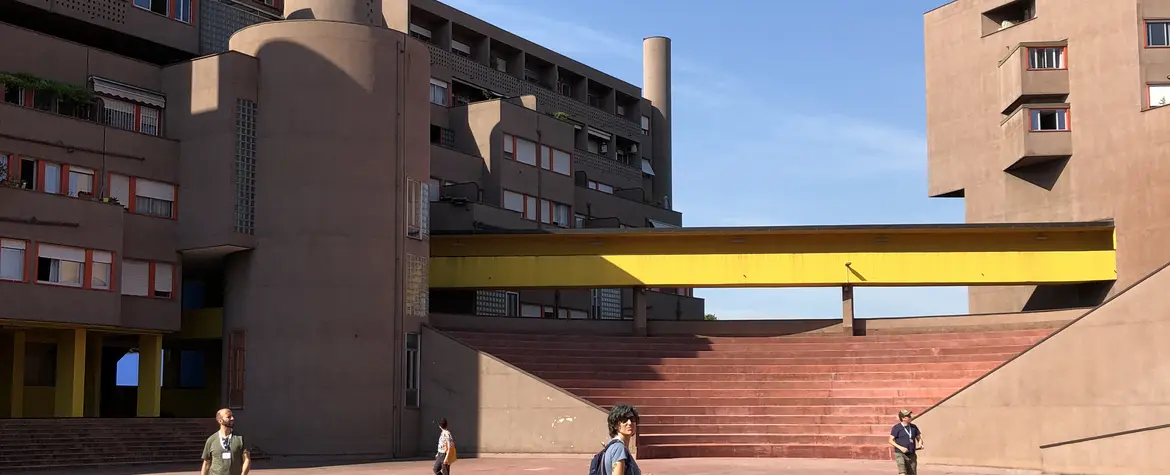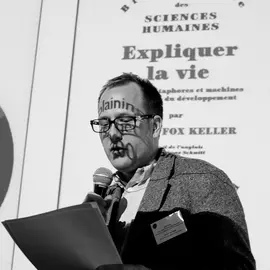Challenging or Reproducing the Status Quo?
The Leftist Architect in Milanese Architecture, 196X-198X

Description
From the early 1960s to the late 1980s, architecture in Italy and in particular in Milan was strongly bound and motivated by political conviction. In history books, though, all that is left of this intense period of intellectual and professional activity seems to be the sole figure of Aldo Rossi, especially in Switzerland, where the Milanese architect taught and still retains a semi-mythical status as a designer of so-called suspended poetic forms. Rossi, however, was not an isolated character but belonged to a generation of architects who shared very definite political ideas and operated in close contact with two large parties of the left and their political structures: the Italian Socialist Party (PSI) and the Italian Communist Party (PCI). Among these architects were Rossi’s colleagues and friends Carlo Aymonino, Guido Canella, Michele Achilli, Virgilio Vercelloni, Giorgio Grassi, Donata Almici, Laura Lazzari as well as the architects in the so-called Collettivo di Architettura (“Architecture Collective”), originally composed by Gae Aulenti, Fredi Drugman, Vincenzo Montaldo, Arturo Morelli, Giorgio Morpurgo, Giuliano Rizzi, Novella Sansoni, Maria Luisa Sormani and Alessandro Tutino. The position of these architects as professionals acting on the ground of political conviction and party membership in the PSI and PCI has been acknowledged but never really investigated, especially as to how their beliefs impacted their projects and theoretical thinking in face of the professional reality. In other words, we still do not know what it really meant to be a “leftist architect” to these individuals. Likewise, it is still unclear how leftist militancy affected their professional decisions and the internal power economy of their group. Did their political beliefs and activities lead to the development of distinctively different design outputs, professional know-how and internal power relations? These questions loom large given the background of these architects’ activity: an intense political period which culminated in the Tangentopoli scandal and the dissolution/transformation of left-wing parties. Our theoretical entry point for a definition of the left architect in this period of time in Milan, lies in the concept of social reproduction: how the ideological background of these architects would motivate them to act against the reproduction of structures of repression and injustice. Two aspects of social reproduction are at stake here: social and gender equality, as these are particularly relevant for architecture and urban design. The definition of the leftist architect centres around to what extent they together with their practice tackled social reproduction and to what extent they were successful in changing it. Considering on the one hand the hegemony of left-wing parties on a communal level and the consequent favoritism for party members and on the other the traditional gender roles in catholic Italy, the task was far from easy. This entry point is verified in three main objects of investigation: the political networks in which these architects acted, a selection of their projects and of their written and drawn theories. Through these three objects, the project aims at a thorough definition of the “leftist architect”, how he/she interacted with the political networks, how his/her projects and practices represented the attempt to break social reproduction and how they reflected theoretically upon their position and work. The output of the project will be a cross-section of this period of time through the definitions of the leftist architect and thus a fundamental contribution to the history of architecture. The research project combines traditional historical methodology, discourse analysis and feminist qualitative methods, drawing both on archival findings - printed and iconographic material - and interviews with surviving architects, planners and scholars. Output-wise, the results of the project will be disseminated through an exhibition, two conferences, several articles and a final book publication, which will help reconstruct the different forms of acting as leftist architects in Milan on the background of the political networks of the time.
Key data
Projectlead
Project team
Silvia Balzan, Elettra Carnelli, Dr. Maria Silvia D'Avolio, Dr. Davide Spina
Project status
completed, 11/2021 - 10/2024
Institute/Centre
Institut Urban Landscape (IUL); School of Architecture, Design and Civil Engineering; Institute of Constructive Design (IKE)
Funding partner
SNF-Projektförderung / Projekt Nr. 204692
Publications
-
Stretching professional boundaries : Novella Sansoni as organic intellectual, administrator and architect
2023 Carnelli, Elettra; D'Avolio, Maria Silvia
-
Un urbanista impegnato negli anni '50 : la formazione professionale e politica di Alessandro Tutino
2023 Carnelli, Elettra
-
Constructing communities of tacit knowledge : political commitment and urban planning in postwar Milan
2023 Carnelli, Elettra
